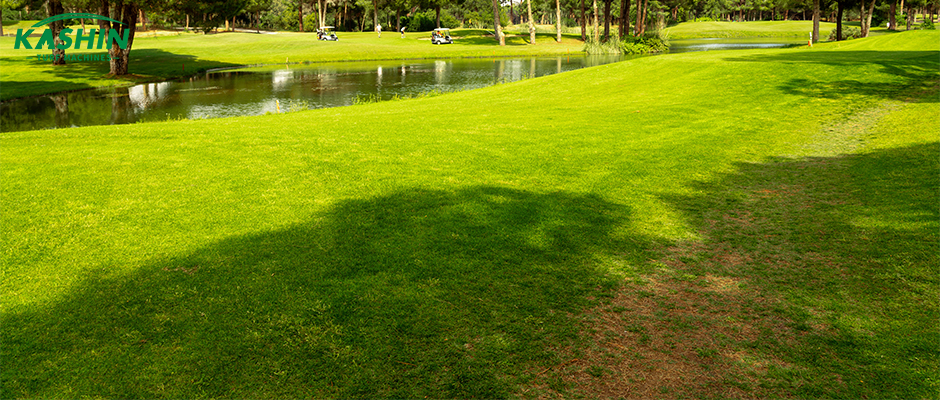It is generally believed that when the wither layer is at a reasonable thickness, it is beneficial to the lawn. At this time, the accumulation rate and decomposition rate of organic matter are basically appropriate, and the wither layer is in a state of dynamic balance. The existence of the wither layer can maintain a certain elasticity of the lawn. However, when this dynamic balance is destroyed, the accumulation of hay is greater than the differentiation, and the thickness of the hay layer is greater than 1CM, it will have an adverse impact on the growth of turfgrass. The main manifestations are as follows:
1. The courage of the lawn can only be weakened by water seepage, and the communication between the lawn root system and the outside world is blocked. The thicker the hay layer, the more serious the problem.
2. Excessive thickness of the withered grass layer leads to poor air permeability of the lawn, which in turn affects the photosynthetic effect of the lawn grass and ultimately leads to the degradation of the lawn.
3. The subtilis layer provides a place for pathogenic bacteria and pests to breed and overwinter, leading to the occurrence of diseases and insect disasters. When spraying for control, the effectiveness of the pesticide is reduced due to its isolation and adsorption effects.
Due to the isolation and adsorption effect of the hay layer, lawn management costs increase and pesticides and fertilizers are wasted. The felt-like structure of the hay layer will also cause a storage effect on heat energy, resulting in reduced heat and drought resistance of the lawn.

An excessively thick layer of withered grass forms a surface layer where nutrients and water are concentrated, causing the root system in the soil to shrink, causing the turf grass root system to move upward, causing new roots to develop towards the withered grass, and reducing the overall stress resistance of the lawn. A dense and thick layer of hay will eventually lead to the death of patches of turf grass.
Therefore, when the withered grass layer is thick, it must be thinned out and eradicated in time. Normally mowed lawns are not likely to form too thick a layer of thatch, but in a lawn that is roughly managed, a layer of thatch is easily formed, especially when there is crawling turf grass.
Post time: Oct-10-2024
